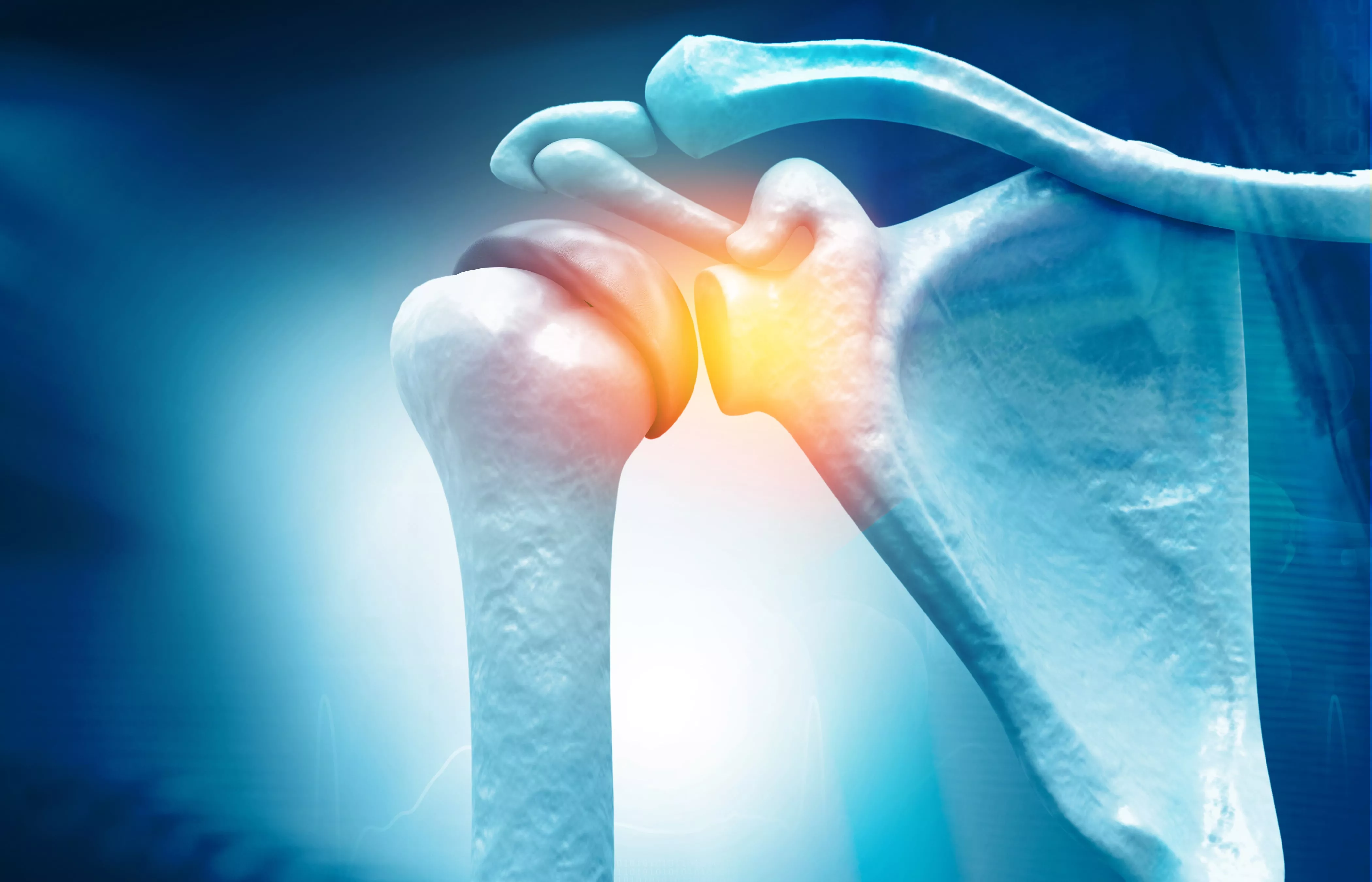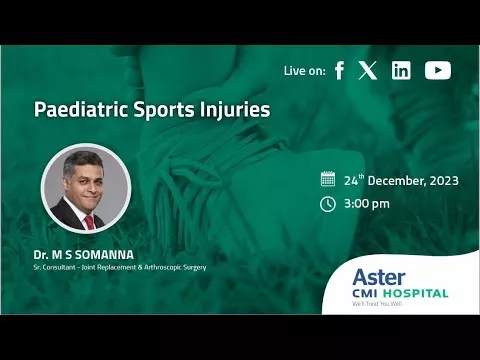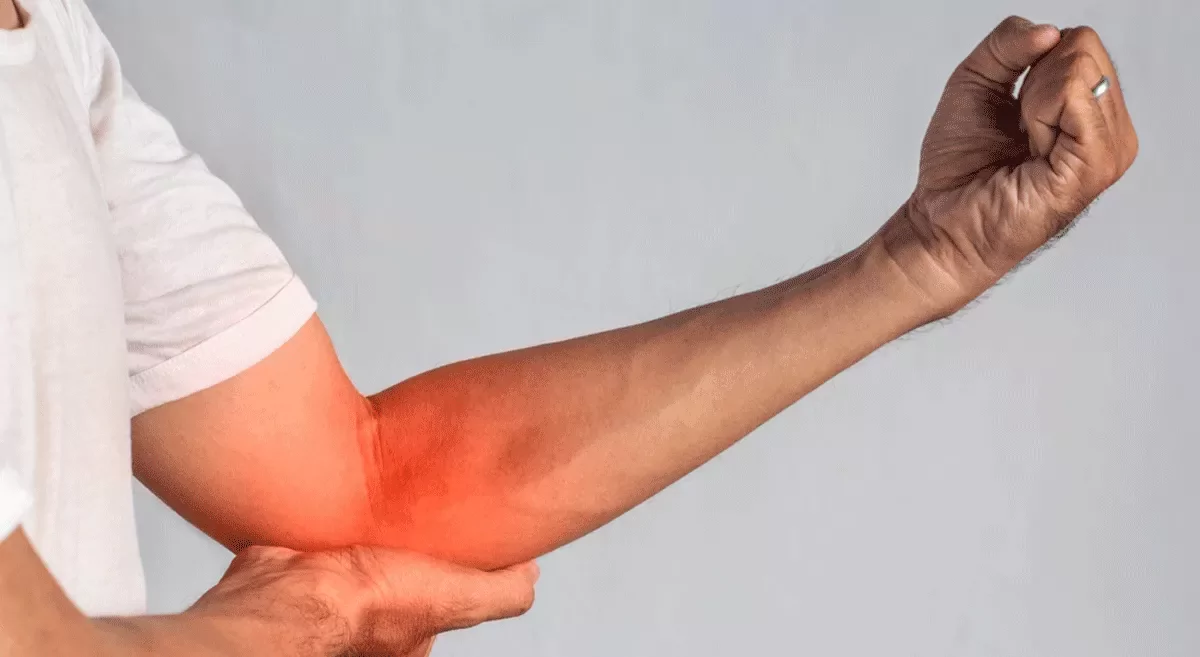Hip fractures are more common in the elderly and those with osteoporosis. A hip fracture occurs when the upper section of the thigh bone breaks. Some patients with a broken hip can regain mobility and independence with surgery and physical therapy. A hip fracture results in loss of physical function, diminished social participation, greater reliance, and a lower quality of life, in addition to discomfort. Many persons with hip fractures need to take care of themselves and see their doctor for frequent checks to reduce further damage. If you are seeking specialized care, an Orthopedic Hospital in Hebbal Bangalore provides advanced treatment options for hip fractures.
Symptoms
Some of the common symptoms of hip fracture include:
- Inability to put weight on the injured hip
- Lack of ability to get up or walk after a fall
- Severe pain in the hip or groin
- Bruising and swelling in and around the hip area
- Shorter leg on the injured hip
- Outward turning of the leg on the injured hip
Causes:
A hip fracture in an older adult is most commonly caused by a fall from a standing height. Low-energy levels in elderly patients with weaker or osteoporotic bone cause the majority of hip fractures. While walking or standing in some circumstances, a fracture can occur spontaneously due to fragile bones. In these patients, even a minor twisting or tripping accident can result in a fracture Other than elderly people, hip fractures can occur in persons of all ages after a severe impact, like a vehicle accident.
Most of the time hip fractures originate in the femoral neck. It is where fractures or stress fractures from repeated impact can occur. People who are prone to these fractures are military recruits in basic training and especially long-distance runners. Stress fractures in the subtrochanteric region of the hip are commonly linked to long-term usage of certain osteoporosis medicines.
Femoral head fractures are uncommon and usually occur as a result of a high-impact injury or as part of a hip fracture-dislocation.
Diagnosis:
Your doctor will inspect the region and inquire about any recent falls or mishaps. He may also touch your foot or leg and ask if you feel anything to check for nerve injury. Most hip fractures occur in one of two places on the femur that connects your pelvis to your knee:
1. The femoral neck: This area is located right below the ball section (femoral head) of the ball-and-socket joint in the upper portion of your femur.
2. The intertrochanteric region: This area is a bit further down from the hip joint, in the outward-jutting section of the upper femur.
Doctors usually suggest imaging investigations to identify a fracture and check for soft tissue damage. Some of them include:
- X-ray: which utilizes radiation to create images of your bones.
- Magnetic resonance imaging: which employs a powerful magnet to make images of bones and soft tissues.
- CT scan: a procedure that involves the use of a computer and many X-rays to provide your doctor with detailed images of the injured area.
Hip fracture management and treatment:
Treatment for hip fractures is determined by the person's age, overall health, and type of damage. The majority of hip fractures necessitate surgery within a few days of the incident. However, due to their age or other health issues, some people are unable to have surgery.
Your doctor will suggest the best course of action for you, which may include:
Surgery:
The majority of hip fractures require surgery. Hip surgery can be done in numerous ways. Metal screws, nails, or plates may be used to secure and maintain the bones in place.
Hip replacement:
A partial or total hip replacement may be required depending on the type of injury. Your doctor may suggest that you recover in a rehabilitation facility after hip replacement surgery.
Physical therapy (PT):
Your physical therapist will design a program to assist you in regaining mobility, flexibility, and strength. If you have had a hip replacement, you can enhance your range of motion by doing mild exercises.
Medications:
Pain relievers, both over-the-counter and prescription, can help you manage pain and inflammation. Antibiotics may be given after hip fracture surgery to lessen the risk of infection.
If you are looking for expert care, consulting Orthopedic Surgeons in Hebbal, Bangalore can ensure specialized surgical and non-surgical treatment tailored to your hip fracture.
What is the prognosis for hip fracture patients?
A hip fracture can drastically alter your life. After a hip fracture, many elderly people do not regain full mobility and some require the assistance of a cane or walker to go around. Others may require round-the-clock assistance.
Several things influence the prognosis, including:
Age:
Fractures mend more slowly in older people, and some are not healthy enough for surgery. Without surgery, many patients stay in bed because they cannot move in pain. Bed rest for an extended period can result in serious health issues such as blood clots, pneumonia, and bedsores.
Overall health:
People who move around soon after hip surgery have a considerably better prognosis. You should be able to get up and go around within a day or two of surgery if you are healthy. Moving around helps the body heal faster and minimizes the chance of problems from prolonged bed rest.
Fracture type:
A femoral neck fracture can cut off the femoral head's blood supply, causing the bone to break down and die (osteonecrosis). If other tissues (such as nerves or blood arteries) were harmed as well, healing takes longer.
A hip fracture is a medical emergency. If you suspect a hip fracture, we suggest you take medical treatment at Bangalore which is renowned for orthopedic experts. For any hip emergency, book an appointment with the best orthopedic doctor in Bangalore right away.
Frequently Asked Questions
1. When will the pain in my hip stop?
Following surgery, your hip will most likely be uncomfortable for several weeks. This pain, however, can be controlled with medication.
2. Can I be as active as I was before?
You may not be able to move around as readily as before after a hip fracture. However, with some exercises, you can resume many of your daily activities.
3. What are the reasons to begin doing exercises right after surgery?
Certain exercises can help prevent blood clots, while others can help you get out of bed and move.
4. What is the most significant complication after a hip fracture?
Chest and wound infections are the most common and surgery-related problems faced by people who had a hip fracture.
5. Which part of the hip is most commonly fractured?
The most prevalent types of hip fractures are intertrochanteric and femoral neck fractures











